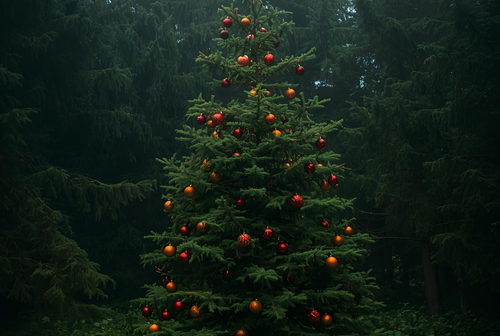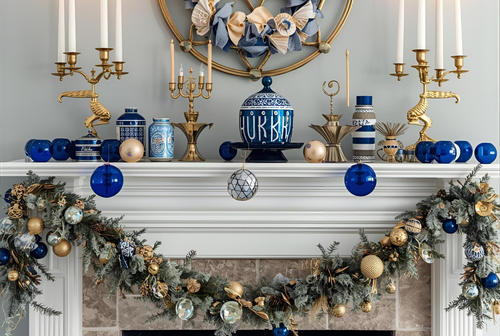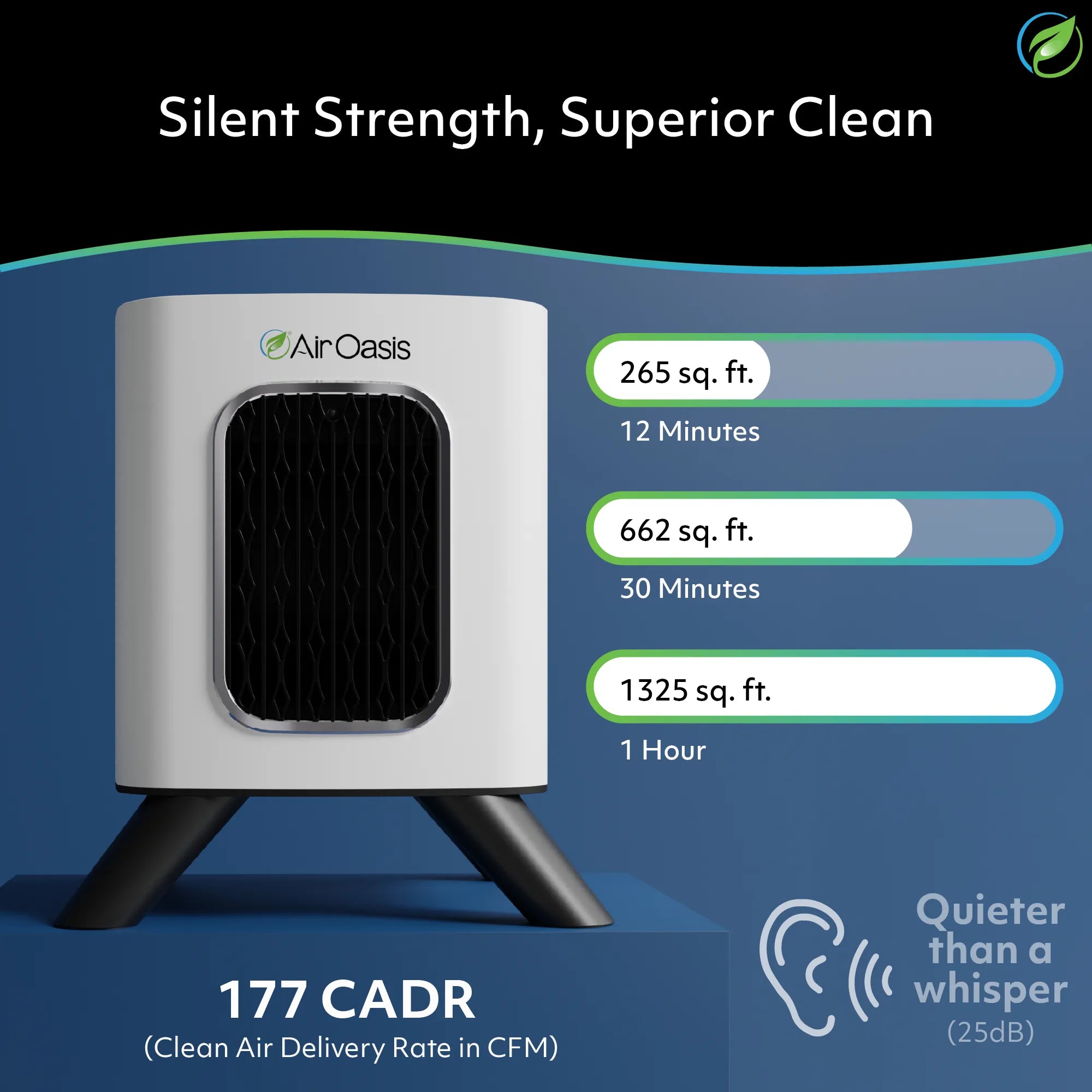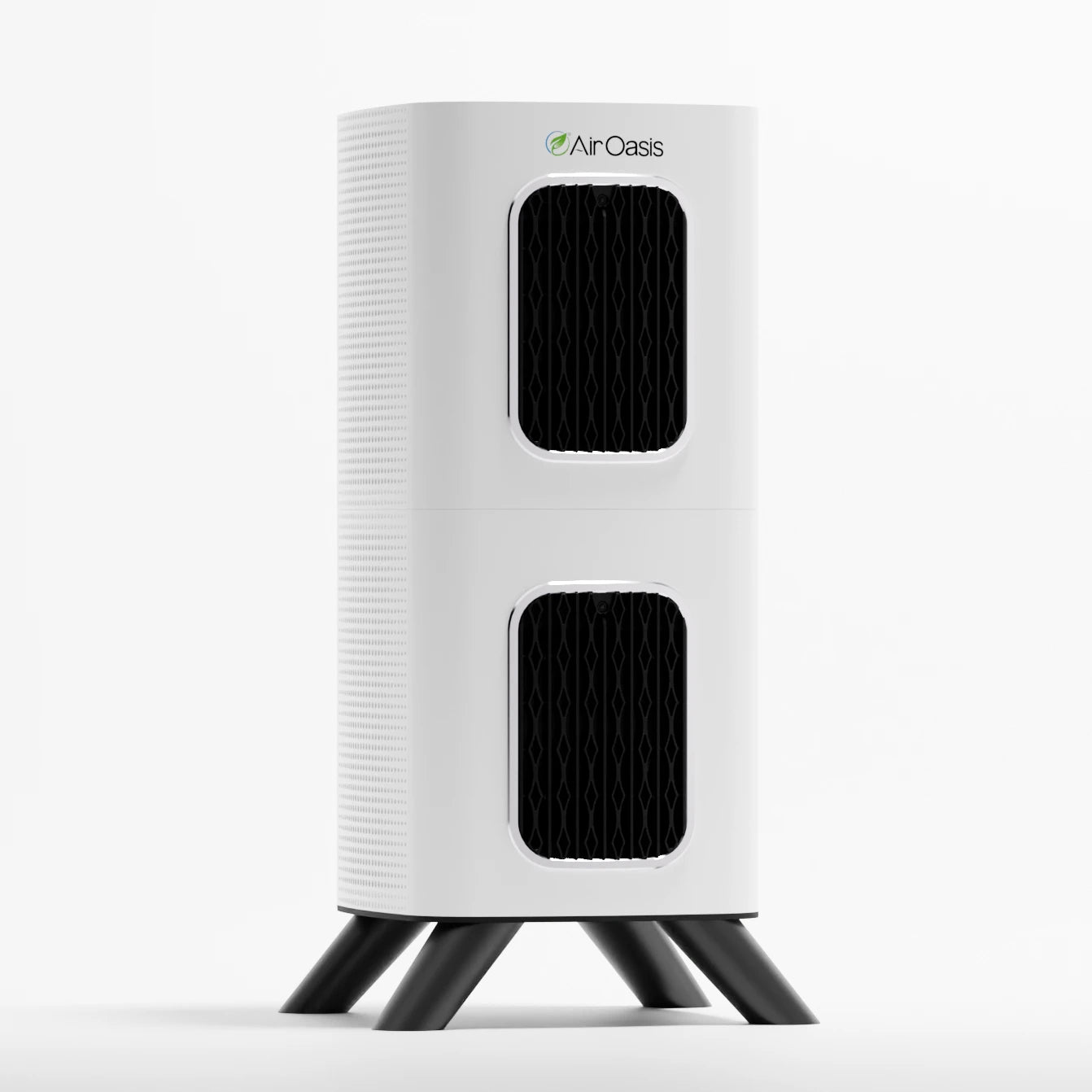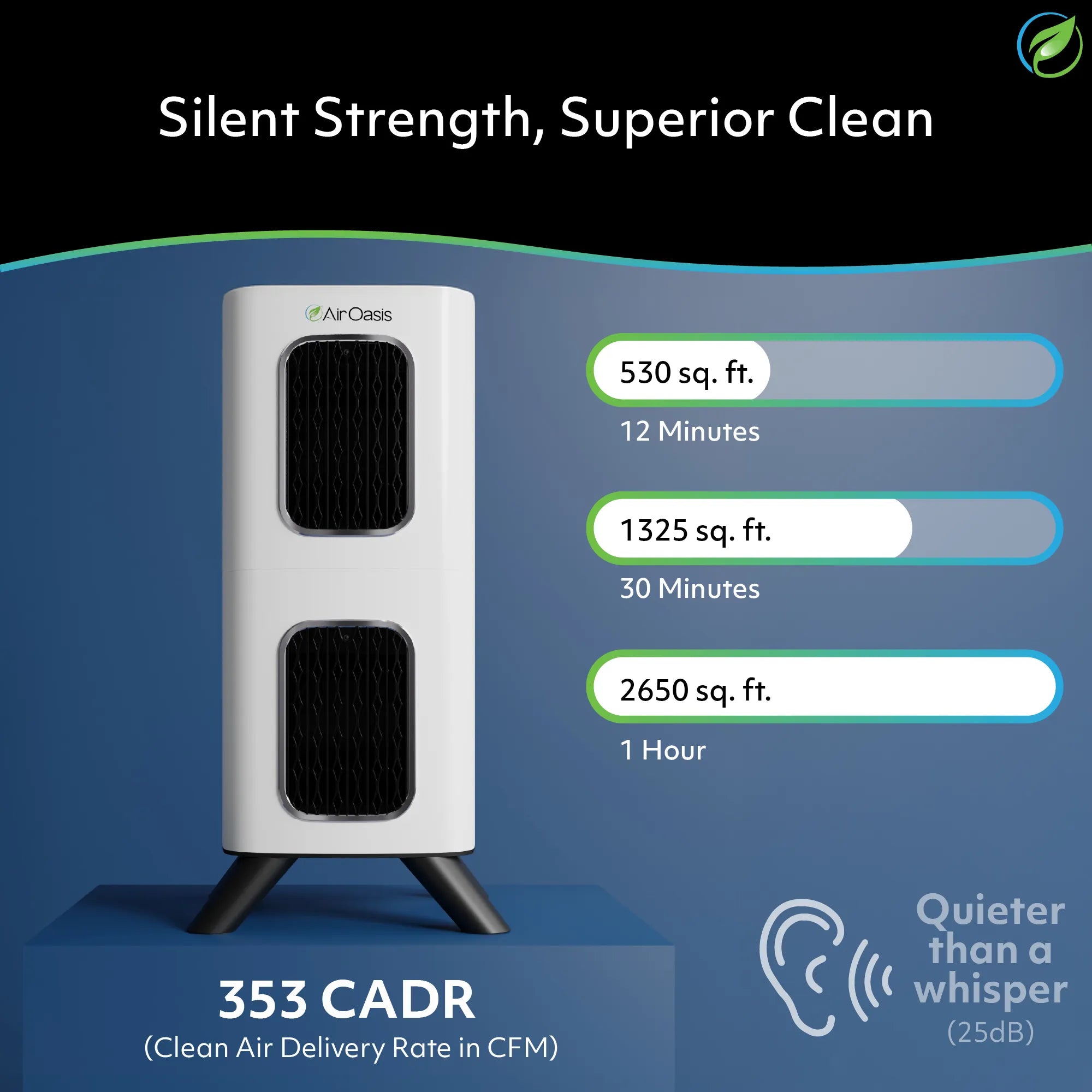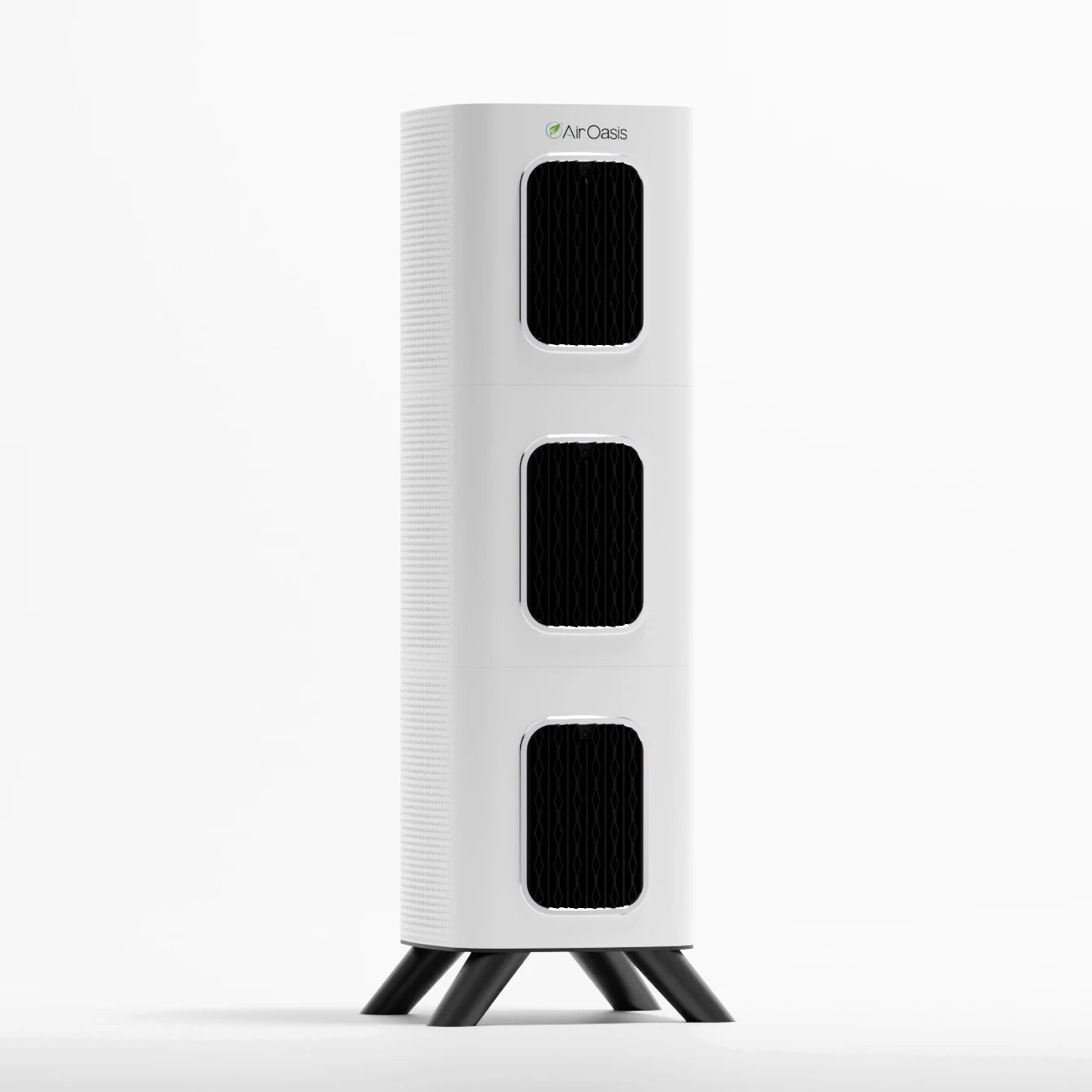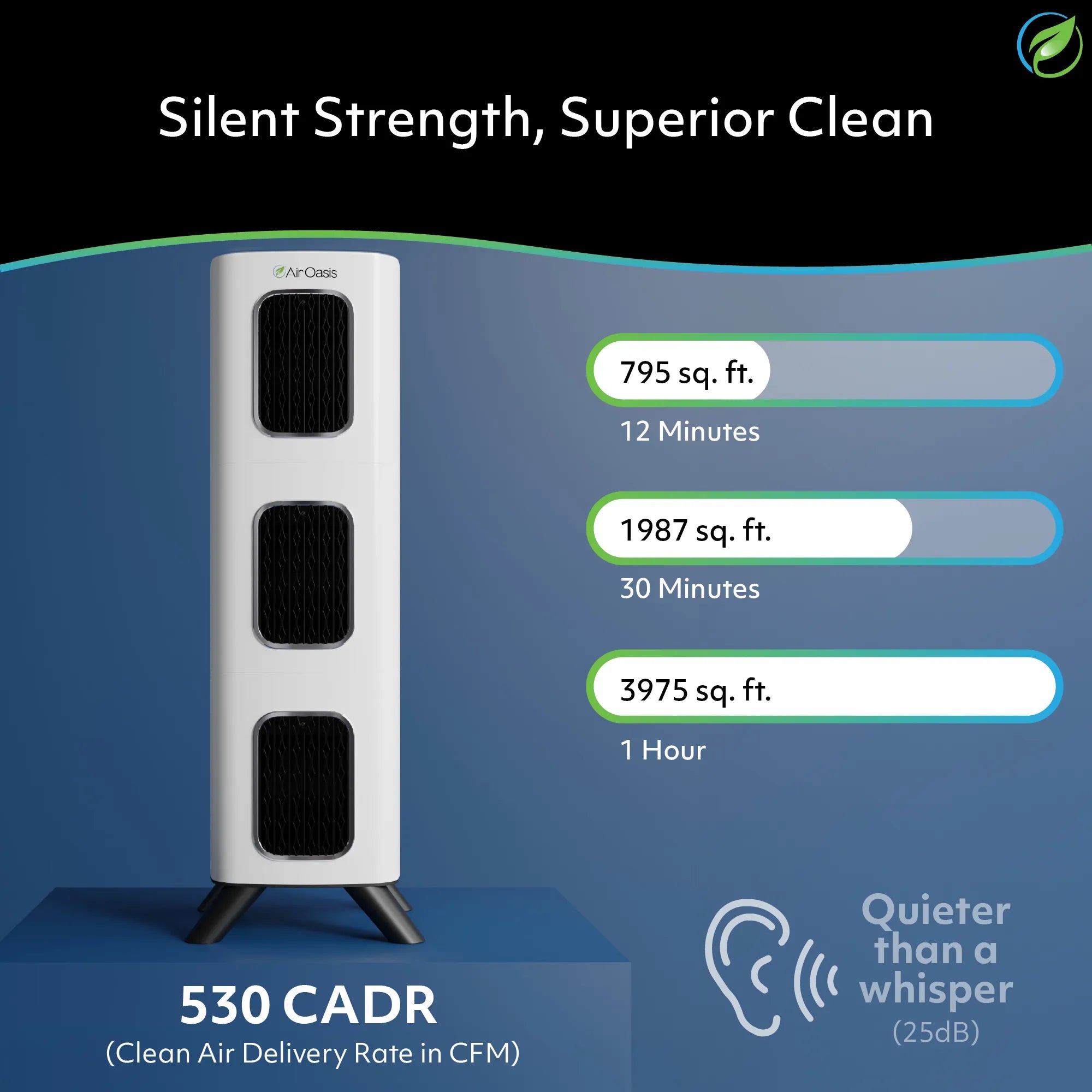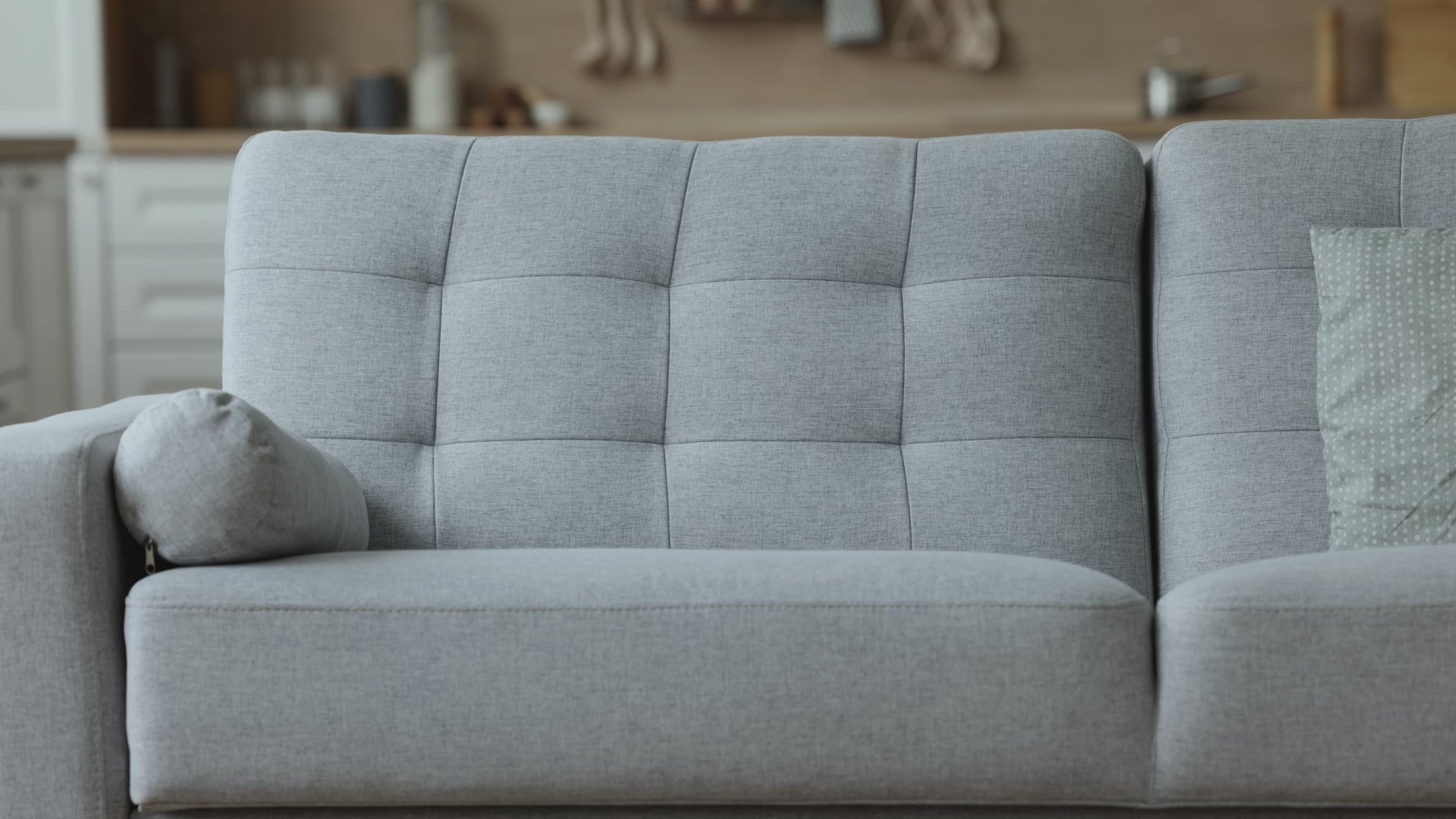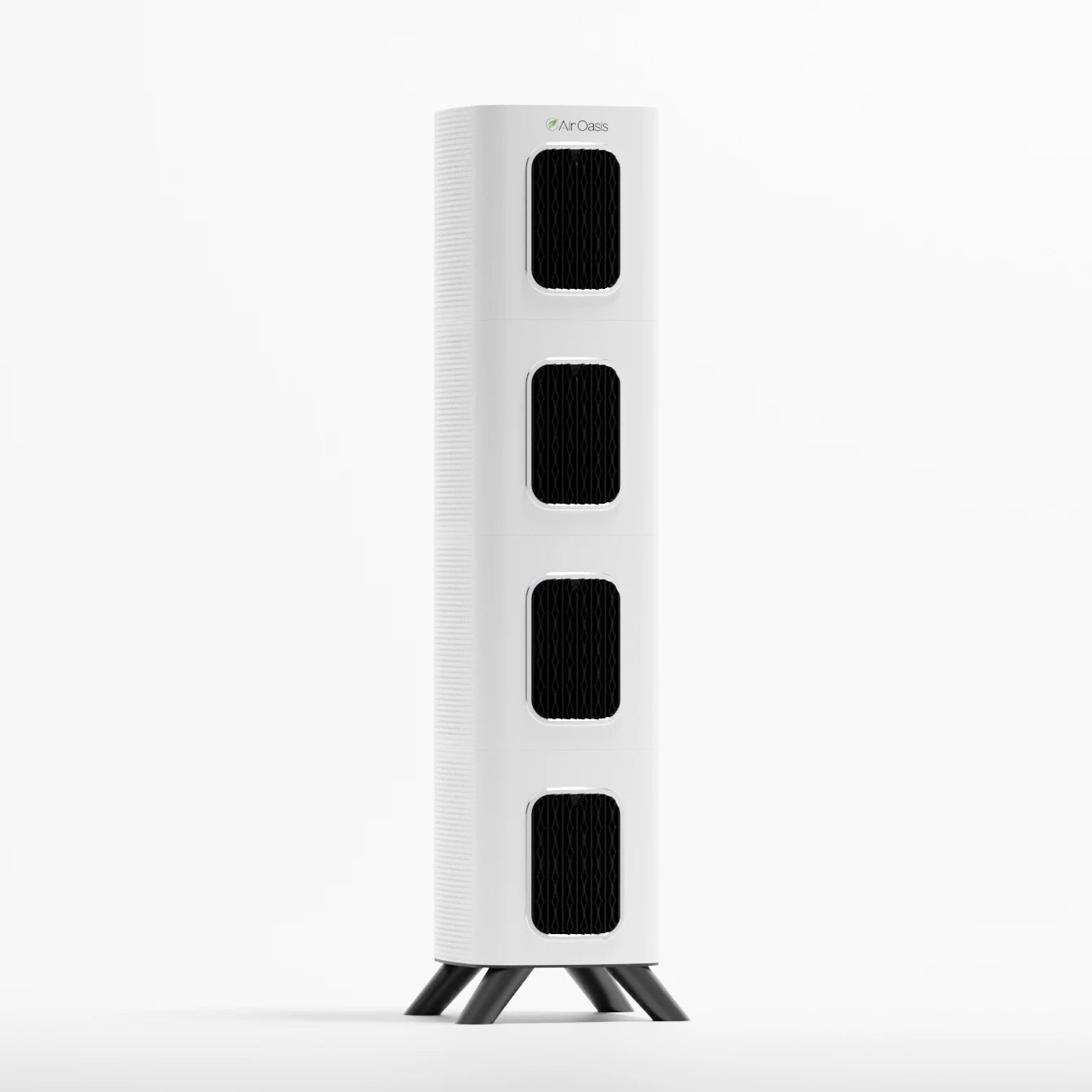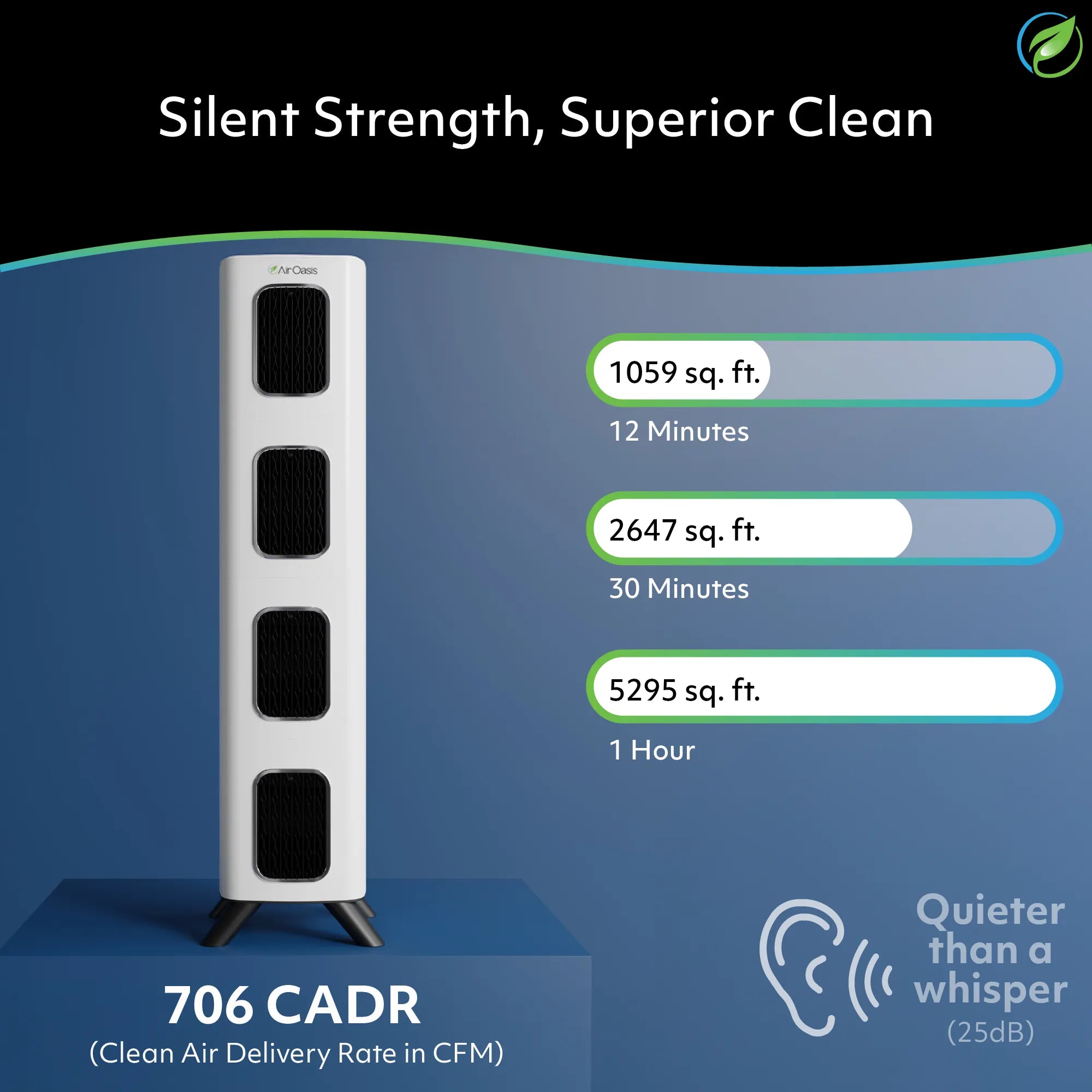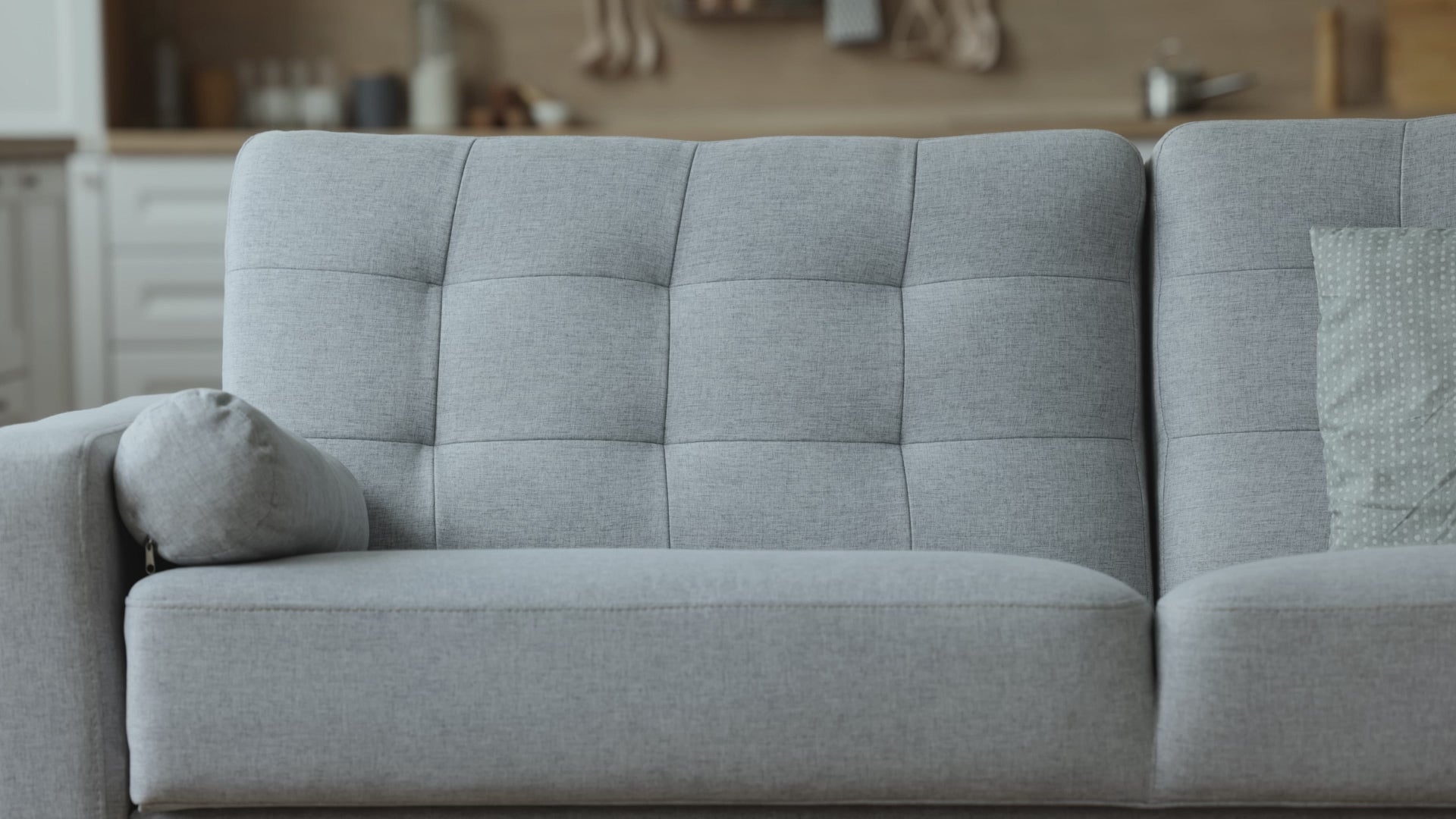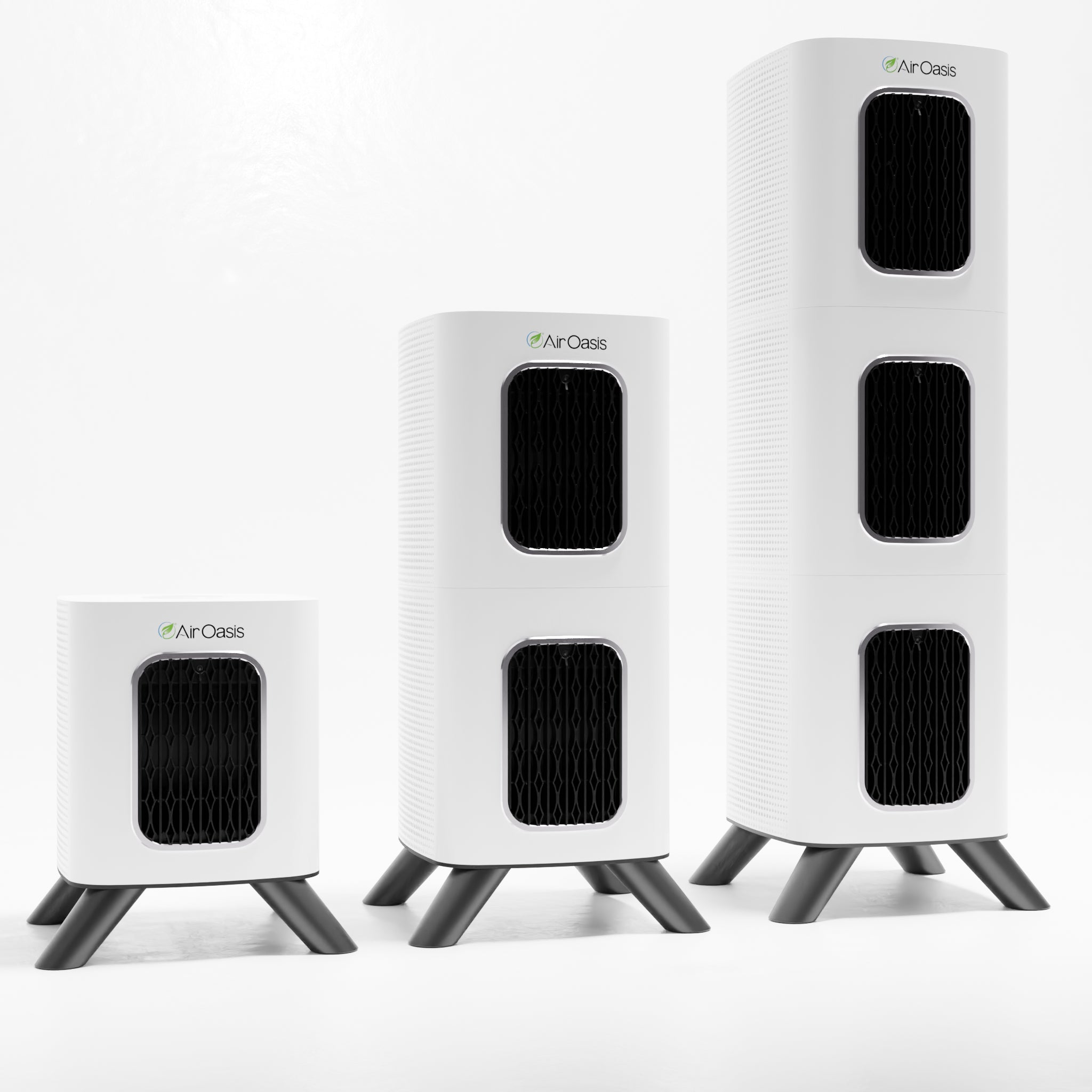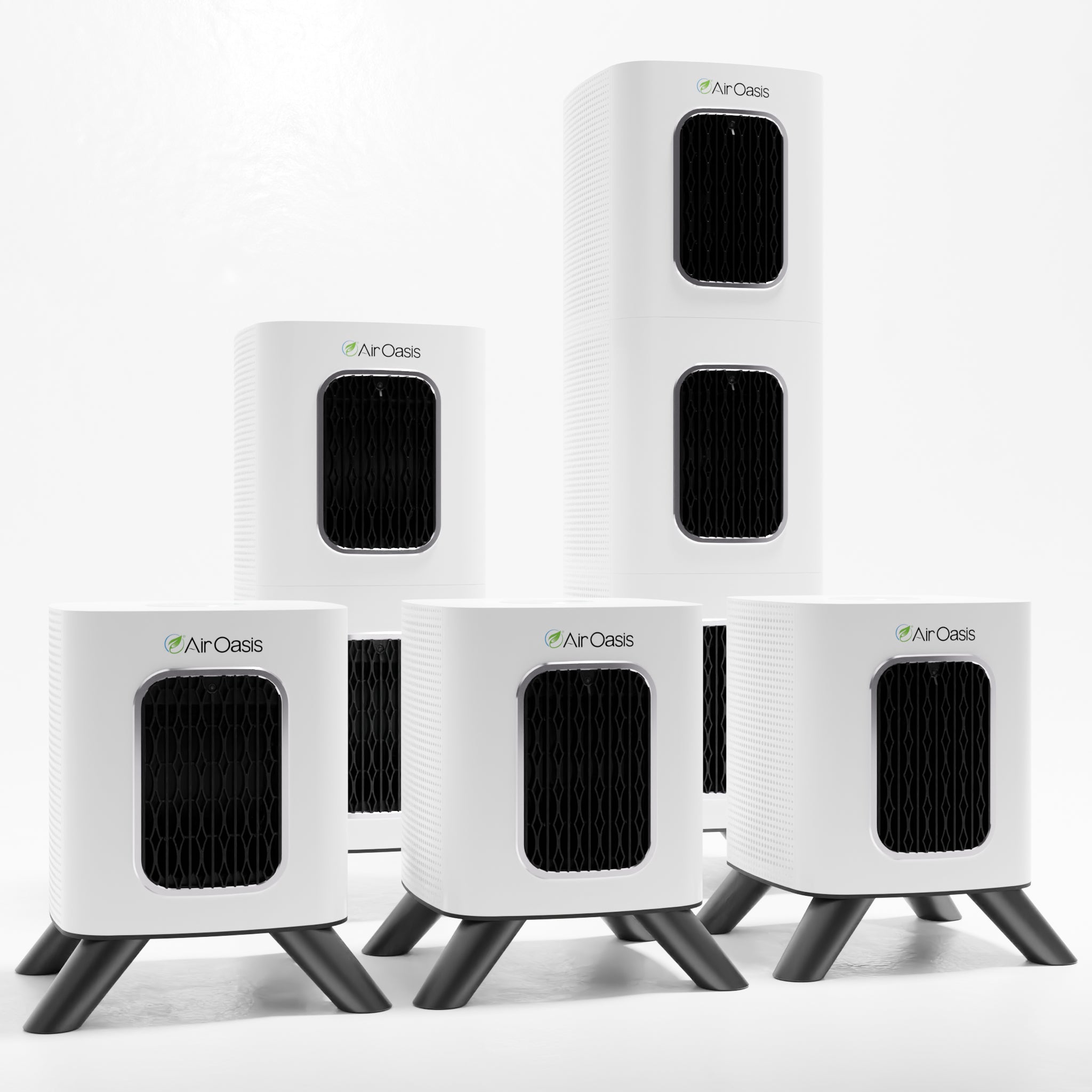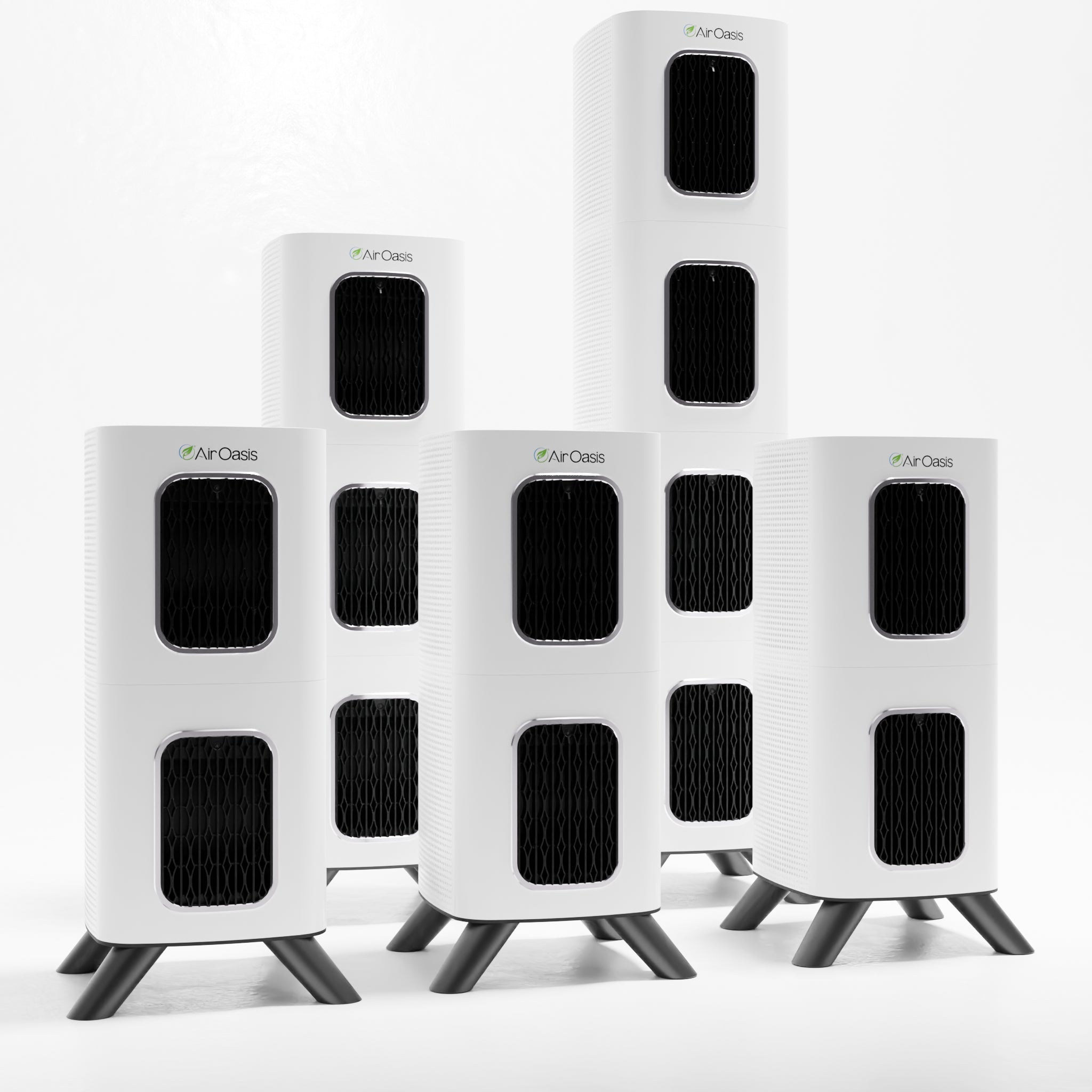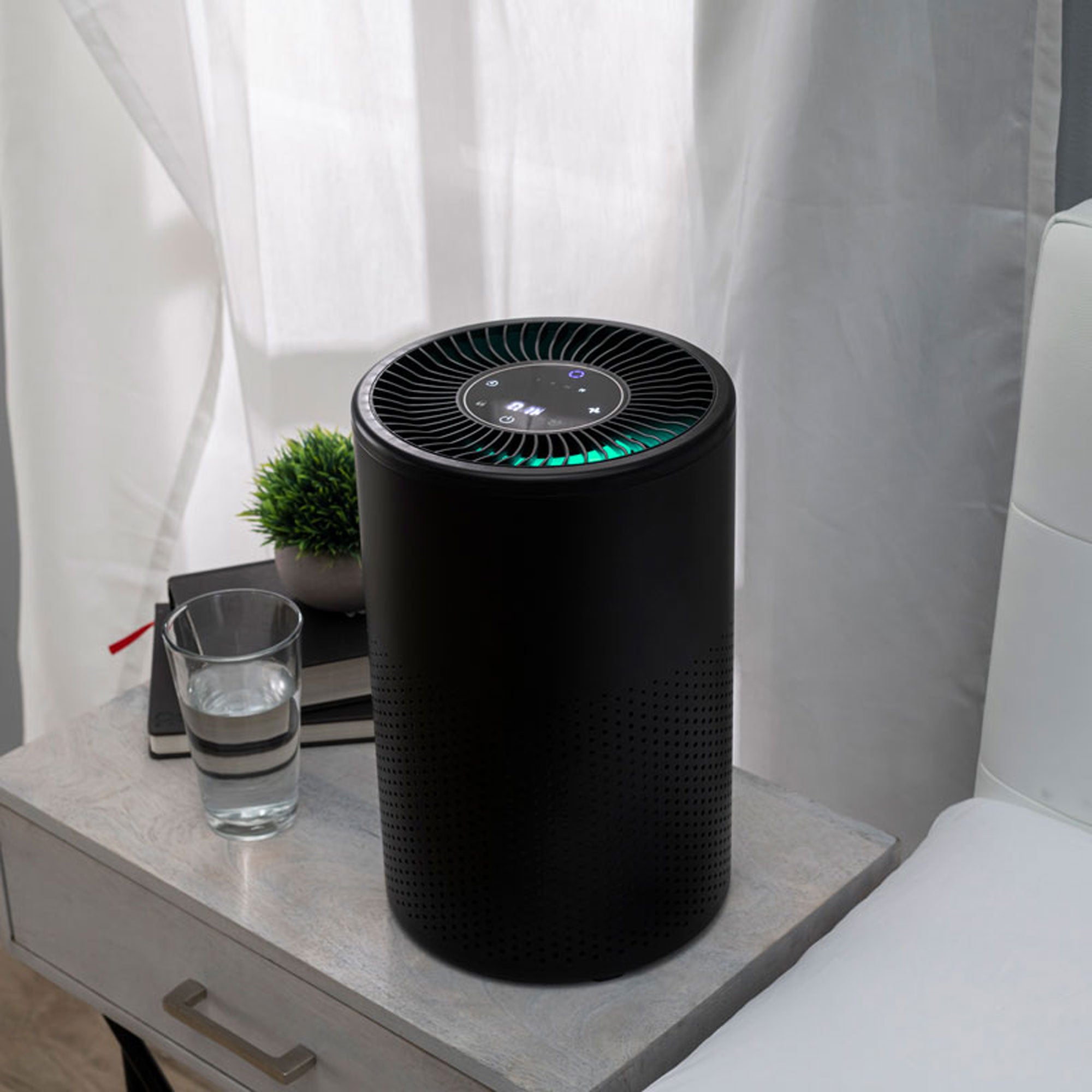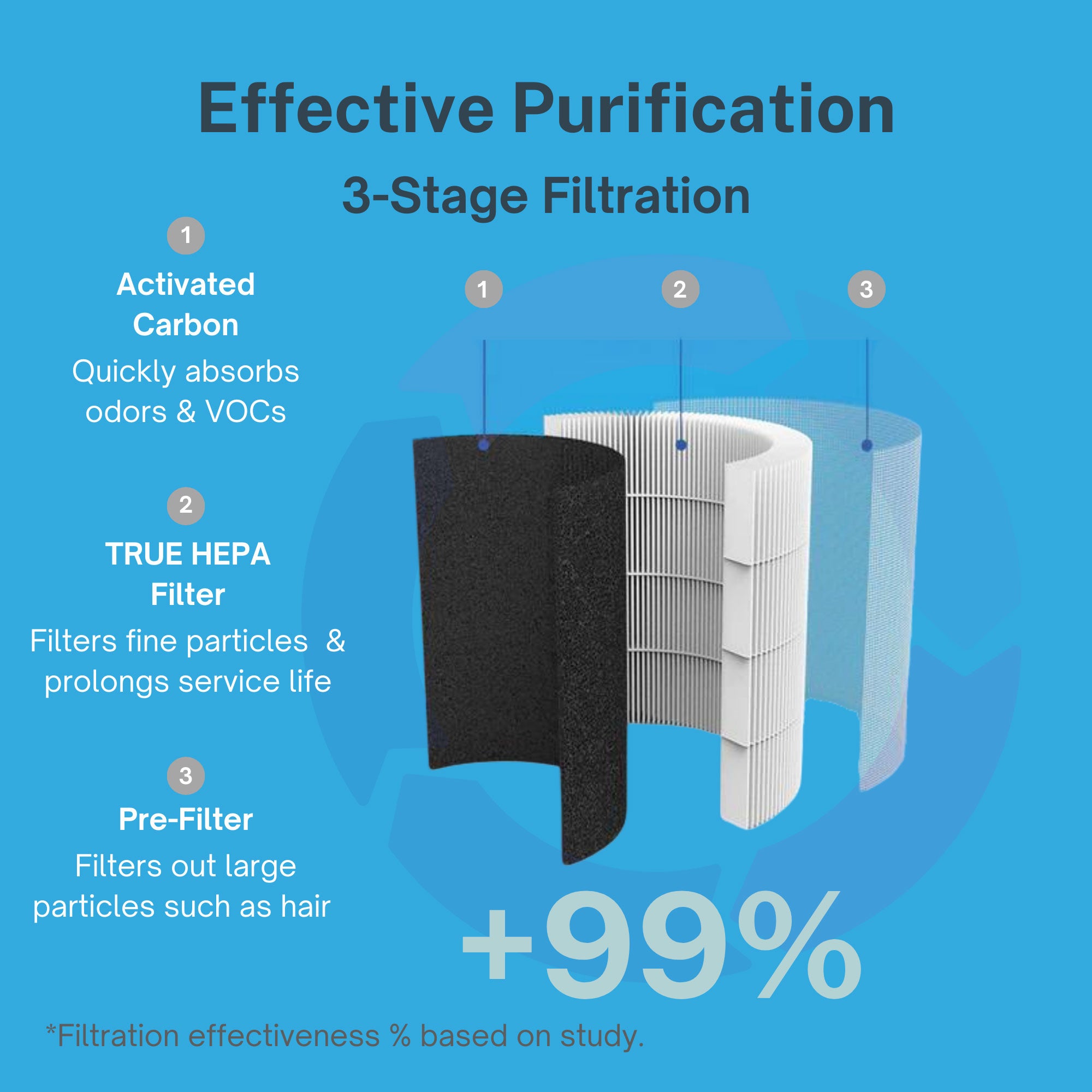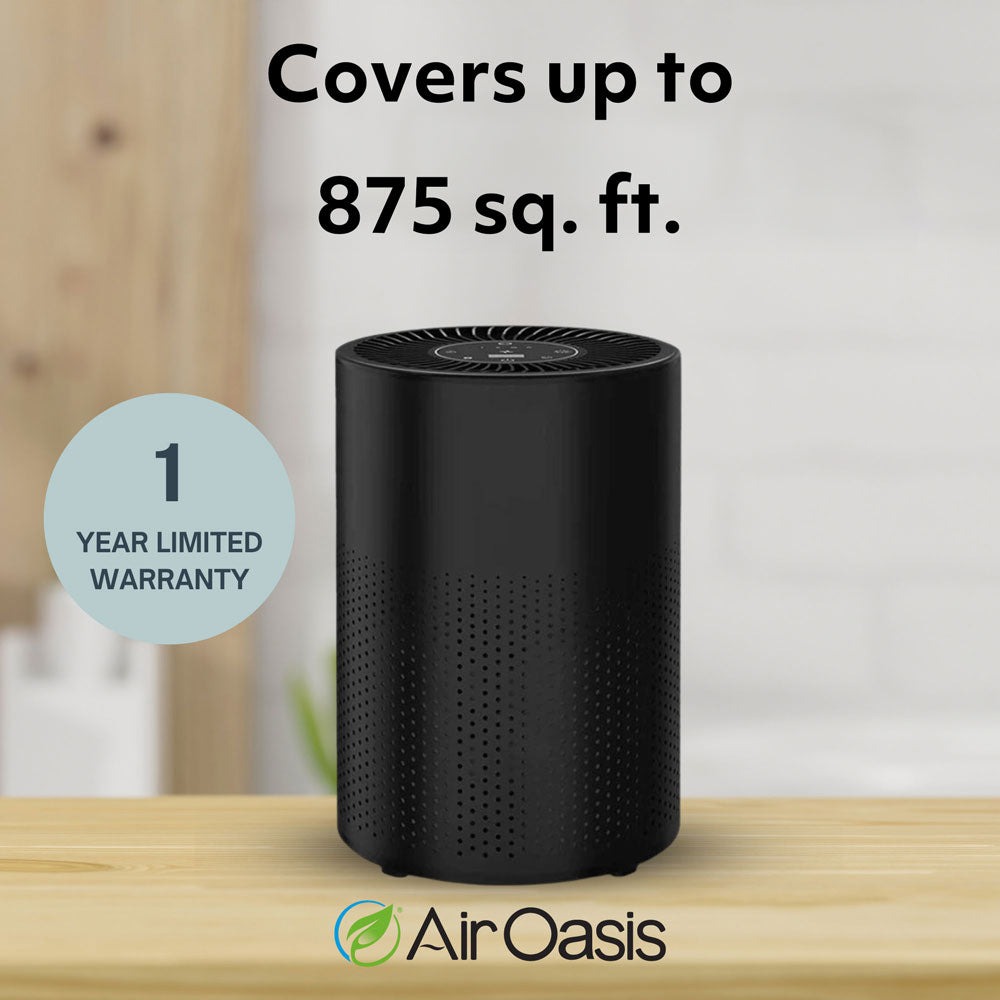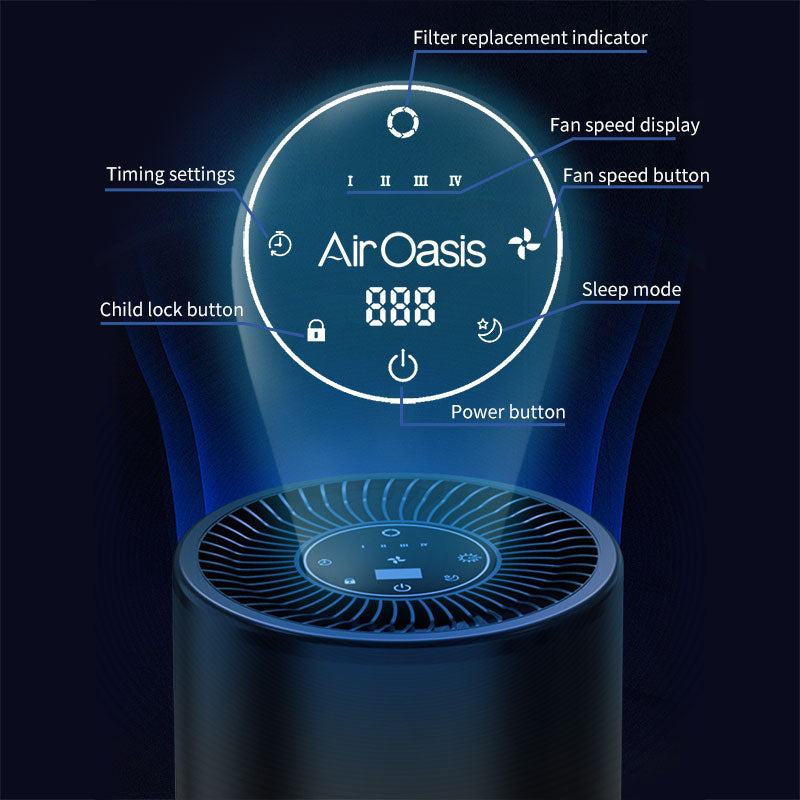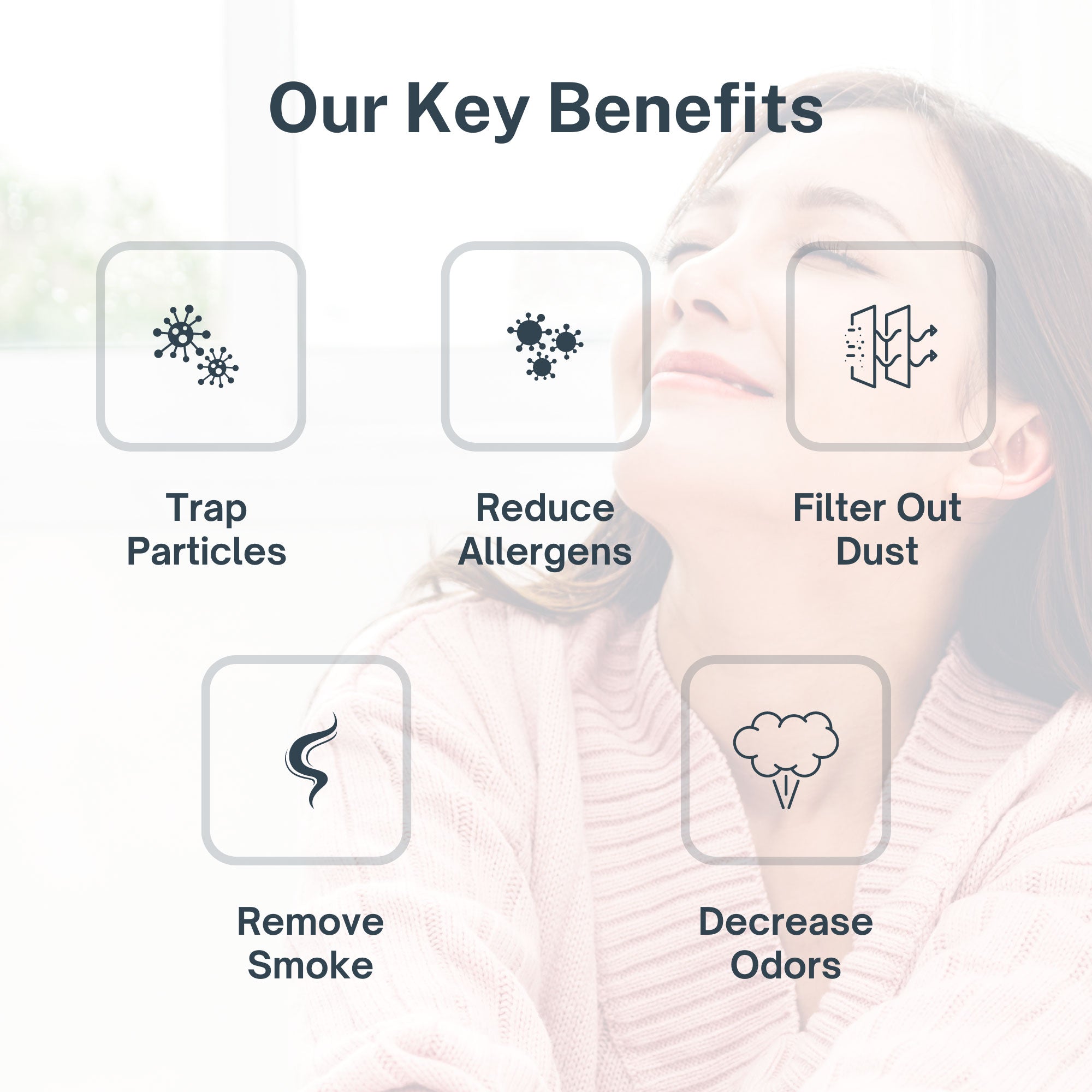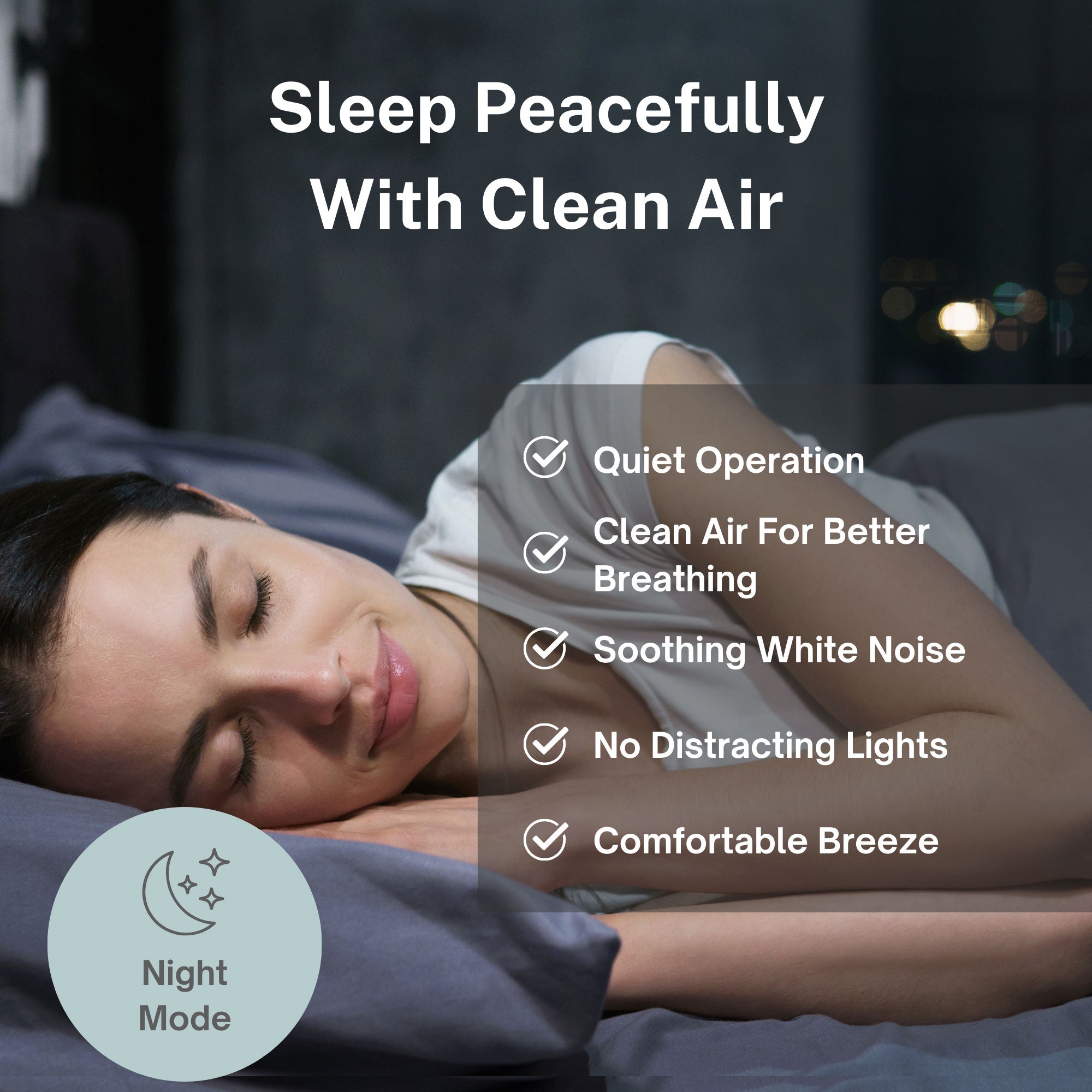The boxes emerge from basements and attics every holiday season. You unpack ornaments, wreaths, garlands, and lights that have sat in storage for eleven months. You arrange them lovingly throughout your home creating festive atmosphere. But those decorations bring more than holiday cheer—they're releasing dust, mold spores, and chemical compounds into the air your family breathes.
What's Lurking in Storage
Decorations stored in attics, basements, and garages accumulate dust, pollen, and mold during their months-long hibernation. These storage spaces often have poor climate control with temperature fluctuations and humidity that promote mold growth. When you open those boxes and hang those decorations, you're dispersing concentrated allergens throughout your living spaces.
Artificial Christmas trees harbor years of accumulated dust in their branches. Each time you fluff and arrange the tree, you release particles into the air. Fabric decorations like stockings, tree skirts, and throw pillows provide ideal environments for dust mites. Wreaths and garlands collect mold spores particularly if stored in damp locations.
The unpacking process itself generates significant airborne pollution. Disturbing boxes releases everything that settled during storage. Moving decorations from room to room spreads contamination throughout your home. That musty smell you notice when opening holiday boxes? That's mold and mildew becoming airborne as you handle stored items.
Real Christmas Trees Come With Hidden Passengers
Fresh evergreen trees bring outdoor allergens directly into your home's core. Pollen settles on branches during growing season and releases when you bring the tree indoors. Tree sap contains terpenes—organic compounds that smell wonderful but represent airborne chemicals your respiratory system must process.
Mold grows on tree bark and in the water reservoir at the tree's base. The warm indoor environment accelerates mold reproduction. Within days of setup, your beautiful tree becomes a significant mold source releasing spores continuously. People with mold sensitivities often experience worsening symptoms after introducing fresh trees.
Pine, fir, and spruce trees naturally off-gas volatile organic compounds. These are the compounds creating that pine scent you associate with holidays. While pleasant, these VOCs can trigger asthma symptoms and allergic reactions in sensitive individuals. The stronger the scent, the higher the chemical emission rate.
Scented Holiday Products Overload Indoor Air
Scented candles, air fresheners, and plug-in fragrances proliferate during holidays. These products contain synthetic fragrances composed of dozens of undisclosed chemicals. Burning candles releases particulate matter and VOCs including formaldehyde and benzene. The romantic holiday glow comes with respiratory health costs.
Essential oil diffusers seem like natural alternatives, but still introduce airborne compounds. Concentrated oils in enclosed spaces can trigger respiratory irritation even when derived from natural sources. The cumulative effect of multiple scent sources—candles, diffusers, potpourri, and sprays—creates chemical exposures far exceeding typical household levels.
Artificially scented decorations, like cinnamon-scented pinecones or perfumed ornaments, continuously release fragrance throughout the season. These persistent sources maintain elevated VOC levels for weeks. Sensitive individuals develop headaches, congestion, and respiratory symptoms from constant exposure to these chemical emissions.
The Hidden Dangers of Older Decorations
Vintage ornaments and decorations may contain lead paint or other toxic materials no longer considered safe. Handling these items creates dust containing heavy metals. Children who touch decorations and then put their hands in their mouths face a particular risk from these legacy toxins.
Old artificial trees and plastic decorations off-gas as they age and degrade. Heat from lights accelerates this process. The plastic smell you notice near lighted decorations indicates chemical compounds being released into your air. These degradation products weren't part of the original manufacturing but develop as materials break down over time.
Electrical decorations accumulate dust on bulbs and wiring. When illuminated, this dust heats up, releasing odors and particles. The distinctive smell of dust heated by lights you haven't used in a year signals airborne contamination your family will breathe in throughout the holiday season.
Protecting Your Family During Holiday Decorating
Clean decorations before displaying them. Wipe ornaments with damp cloths. Vacuum artificial trees outdoors before bringing them inside. Wash fabric decorations in hot water before hanging. These steps remove accumulated dust, mold, and allergens rather than dispersing them through your home.
Allow real Christmas trees to dry outdoors after purchase but before bringing inside. Shake vigorously to dislodge loose needles, pollen, and debris. Keep tree water fresh and at proper levels to discourage mold growth. Consider tree stands with built-in filters or additives that inhibit bacterial and mold reproduction.
Minimize scented products during the holidays. Choose unscented candles or eliminate them entirely. Skip air fresheners and potpourri. Open windows periodically for fresh air exchange when the weather permits. These reductions lower chemical exposure during a season when many other pollution sources already strain your indoor air quality.
Most importantly, run medical-grade air purification during holiday decorating and throughout the season. HEPA filtration captures dust, mold spores, pollen, and other particles released when decorations are handled. Activated carbon absorbs VOCs from scented products and off-gassing materials. UV-C light neutralizes mold and bacteria proliferating on stored items.
The iAdaptAir system addresses the full spectrum of holiday air quality challenges through multi-stage filtration. Its AUTO mode detects air quality changes as you unpack decorations and adjusts fan speed to address emerging contamination. You can enjoy holiday traditions without compromising the air your family breathes.
Holidays should bring joy, not respiratory symptoms. Create a festive atmosphere while maintaining the clean air your family needs for health and comfort. Shop Air Oasis today and breathe easier throughout the entire holiday season.


